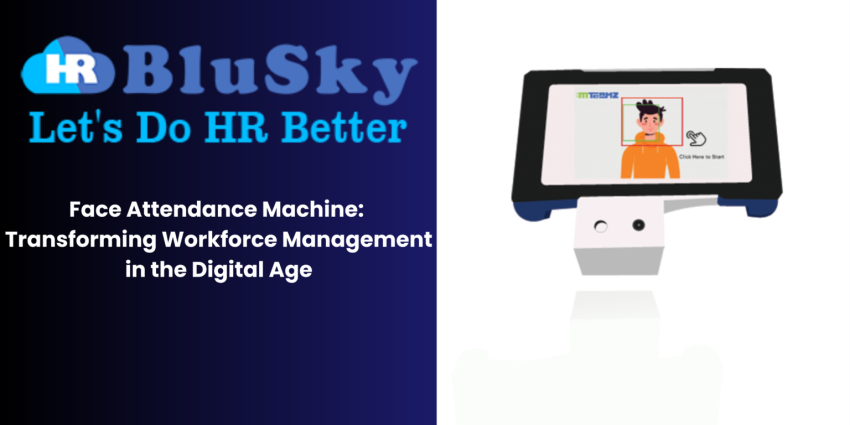Key Benefits of Face Attendance Machines
Enhanced Accuracy
Face Attendance Machines ensure high accuracy in attendance tracking. Consequently, the reliance on biometric data minimizes errors associated with traditional methods, such as buddy punching. Moreover, this accuracy fosters a culture of accountability among employees, reinforcing ethical behavior in the workplace.
Streamlined Processes
These machines significantly streamline attendance processes. As a result, organizations can reduce administrative burdens, allowing HR teams to focus on more strategic initiatives. Furthermore, this efficiency leads to better resource allocation and improved operational workflows.
Increased Security
Face Attendance Machines enhance workplace security. Specifically, they prevent unauthorized access and ensure that only verified individuals can enter sensitive areas. Thus, this added layer of security is particularly beneficial for organizations handling sensitive data or operating in high-security environments.
Improved Employee Satisfaction
The user-friendly design of Face Attendance Machines contributes to higher employee satisfaction. In this regard, employees appreciate the elimination of cumbersome manual processes. Therefore, this convenience fosters a positive workplace atmosphere and enhances overall morale.
Real-time Monitoring
These machines provide real-time attendance data. Consequently, administrators can make informed decisions based on up-to-date information. Moreover, this capability allows organizations to promptly address attendance-related issues, ensuring a more responsive management approach.
Cost Savings Over Time
While the initial investment may be substantial, Face Attendance Machines can lead to cost savings over time. For instance, by reducing payroll discrepancies and minimizing time theft, organizations can realize significant financial benefits. As a result, the long-term return on investment justifies the upfront costs.
Enhanced Reporting Capabilities
Face Attendance Machines offer advanced reporting features that help organizations analyze attendance trends effectively. Furthermore, this data can be invaluable for strategic planning and optimizing workforce management. Thus, companies can make data-driven decisions to enhance productivity.
Adaptability to Remote Work
In an era of increasing remote work, Face Attendance Machines can adapt to various work environments. Consequently, organizations can ensure accurate attendance tracking regardless of employee location. Moreover, this flexibility supports a more dynamic and modern approach to workforce management.
Integration with Other Systems
Face Attendance Machines can seamlessly integrate with existing HR systems, payroll software, and access control systems. Therefore, this integration streamlines various operational processes, enhancing overall efficiency. In addition, it allows for a cohesive management approach across different departments.










